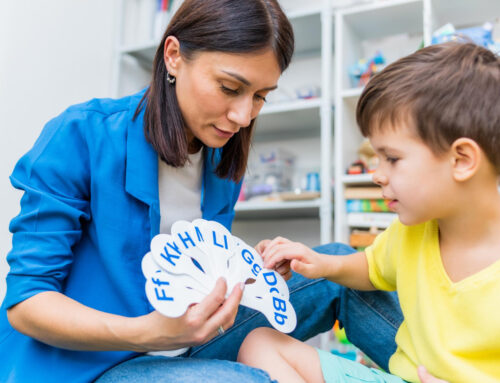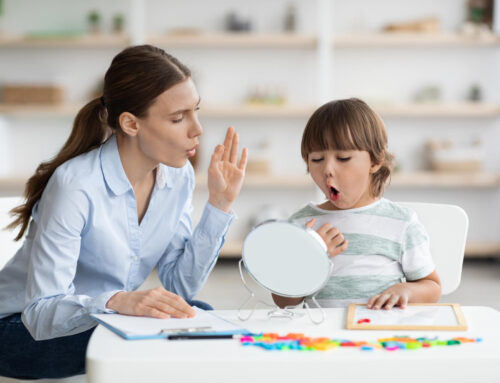
Having a child on the autism spectrum brings different challenges and rewards. For instance, many parents say their child with autism is less competitive and selfish than neurotypical children. On the other hand, there are situations that children on the Autism spectrum face that can cause conflict and challenge for parents such as dealing with sensory issues.
Giving a child with autism a sensory safe space can help them manage periods of feeling intensely overwhelmed, aggravated, confused or frustrated. Their bedroom is a great place to start. Here are seven ideas for creating a sensory safe bedroom for your child on the Autism spectrum.
- Quiet Cleaning: Children on the autism spectrum can be more sensitive to noises. If you need to clean your child’s room, you should consider a robotic vacuum that reduces sensory stimulation and makes them more comfortable. Vacuuming often reduces pollutants in your home’s air, which helps your child stay healthier. Since robotic vacuums are quieter than regular vacuums and can be programmed to go on when your child isn’t home, they are a great option for limiting noise stimulation. Review this guide to choose the best appliance for your budget.
- Calming Colors: Certain colors such as white, blue, green or purple can create a sense of calm. Painting your child’s bedroom walls in these colors can have a soothing effect. In addition, you can use an LED projector, bubble tube or fiber optics to add soothing colors, motions and sounds.
- Swinging: A swing suspended from a single suspension hook gives your child a cozy place to relax and settle down. The back and forth and side to side motion of swinging can often soothe an upset child’s sense of self and security. It can also be a good distraction — your child can sit in his swing and rock while engaging socially with family or friends.
- White Noise: Adding a white noise machine to your child’s bedroom can help them settle into sleep, relax after a busy day at school or calm down after a behavioral situation. It’s not uncommon for a child with autism to experience sleeping difficulties, making them more drowsy and irritable during the day. A white noise machine can help them fall asleep and stay asleep.
- Texture Flooring: A child on the autism spectrum can be brought back into the present moment with access to a variety of full-body sensations like bean bag chairs, crash mats and carpet. To give your child the right amount of sensory stimulation, you can even purchase colored gel floor tiles that squish when kids step, jump, push, touch or play.
- Minimal Decor: Keep the decorations to a minimum in order to limit sensory overload. That doesn’t mean that your child’s room can’t have any patterns, it just means you want to be sparse with them. For example, a child with Autism might have a hard time falling asleep under a busy Spider-Man-themed comforter. Try using a solid color comforter and give your child one Spider-Man pillow, instead.
- Organization: Many children on the autism spectrum thrive off of routine and organization. Clutter can be an extreme intrusion on their senses. Help their room stay tidy and organized by giving them storage for toys with lids or containers so they stay out of sight when they aren’t being used. Use neutral colors for furniture like bookshelves and desks that would likely hold items that can be colorful and distracting.
Your child’s needs will be different from other kids, and not just because he or she has autism, but because your child is an individual with unique needs and wants. Having your whole family help with decorating your child’s space can bring everyone closer together and help them better understand what it means to be on the autism spectrum.





